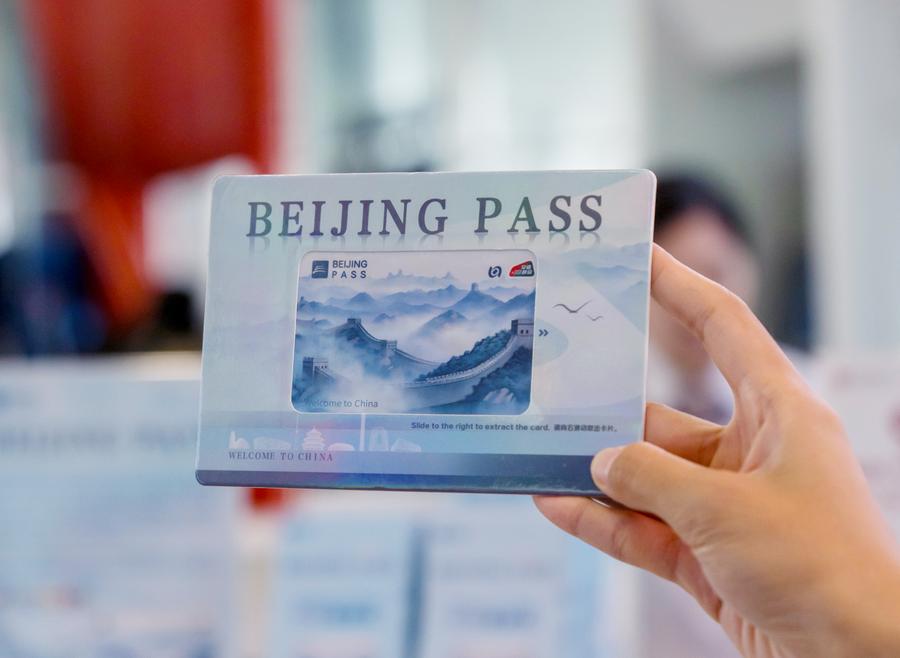On October 27, during the sixteenth meeting of the Conference of the Parties to the United Nations Convention on Biological Diversity (COP16) held in Cali, Colombia, Guilin City was announced…
Zhuhai port of HZMB saw more than 20,000 inbound and outbound vehicles last Saturday

On a remarkable Saturday, October 5, 2024, the Zhuhai port of the iconic Hong Kong-Zhuhai-Macao Bridge (HZMB) buzzed with activity, witnessing over 20,000 vehicles traversing its expansive expanse—a new daily…
Shanxi’s Ancient Architecture Tours Are Heating Up
Foreign tourists experience the "Long Table Camellia Banquet" in Zhangbi Castle Scenic Area. Photo provided by the scenic area With the release of the domestic game "Black Myth: Wukong," the…
United Airlines Resumes Nonstop Flights Between Los Angeles and Shanghai

On August 29 Thursday, United Airlines officially reinstated its nonstop service between Los Angeles and Shanghai, marking a significant step in reconnecting the two cities. The event was celebrated with…
Black Myth: Wukong and the stories behind

On Tuesday, August 20, 2024, a highly anticipated video game based on a timeless Chinese literary classic was unleashed onto the global stage, electrifying gamers around the world. The game,…
Foreign tourists flock to experience the allure of China this summer
As China continues to expand its "visa-free friends circle," the country has become an increasingly popular destination for inbound tourists. This summer, more and more foreign visitors are flocking to…
Prepaid cards issued in Beijing for inbound tourists

Introducing the Beijing Pass, a versatile companion unveiled in the heart of China's capital, designed to be a seamless gateway for international travelers exploring Beijing's wonders. Imagine a key that…
China Adds Three New UNESCO World Heritage Sites in Two Days
On July 27, local time, at the 46th session of the UNESCO World Heritage Committee held in New Delhi, India, resolutions were passed to inscribe three sites from China into…
Exquisite rural tourism routes across China unveiled

The Ministry of Culture and Tourism of China has recently unveiled 82 exquisite rural tourism routes across China under the theme "Creating Beauty, Embracing Rural Life." These routes are carefully…
Homestay service burgeons at Dazhai Village in Guilin
Pan Fenglan (Central) engages in conversation with German tourists at her homestay in Dazhai Village, located in Longsheng County, Guangxi Zhuang Autonomous Region, southern China, on June 26, 2024. https://www.chinaexpeditiontours.com/blog/longjing-tea-plantations-in-china/…